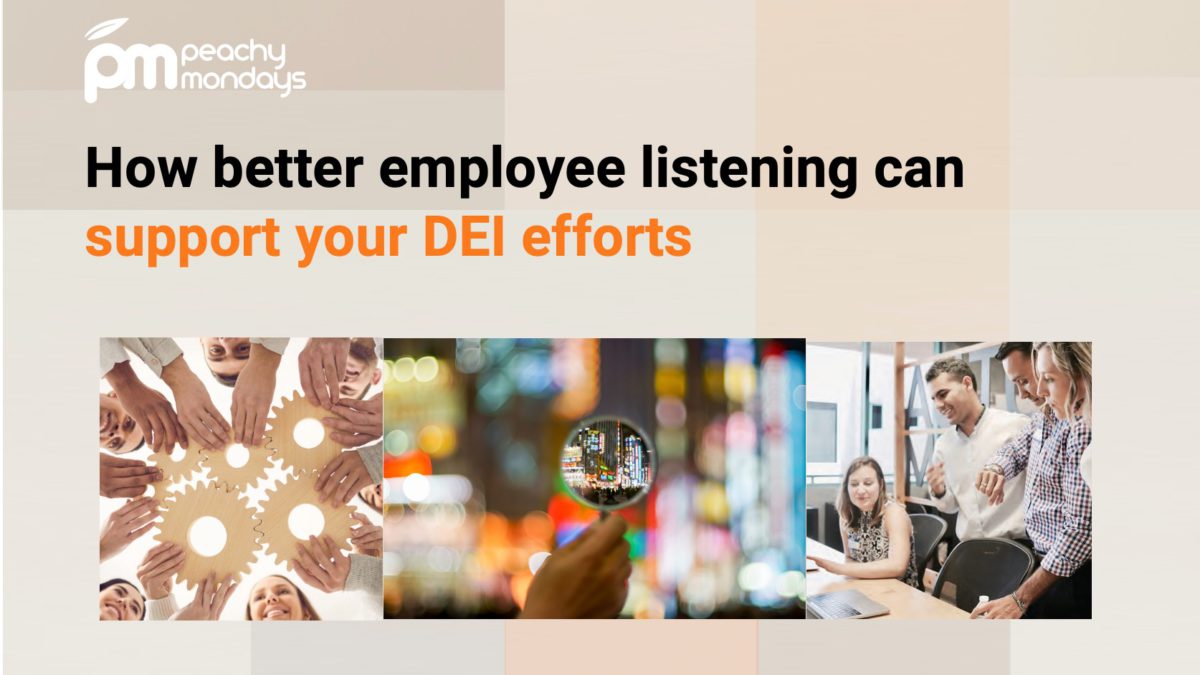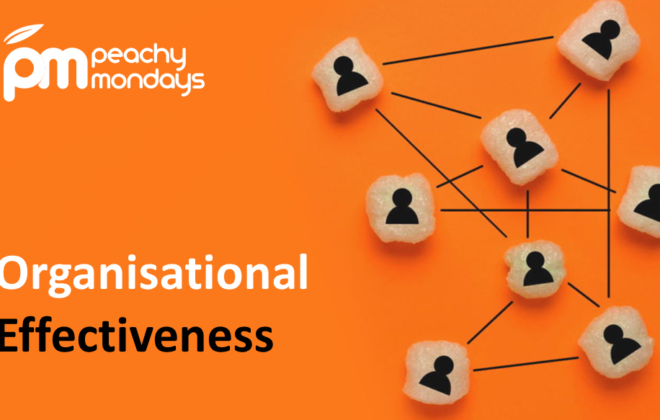How better employee listening can support your DEI efforts
In an ideal world, we could see through the eyes of another, walk in their shoes and create a level playing field for every individual to ‘succeed’. In that ideal world, we’d not need employee listening initiatives because we’d all take time to listen and explore each other’s viewpoints and build those into our actions.
But it’s not that easy. Rapid changes, conflicts and inherent biases often hinder our understanding and empathy towards others.

Corporate DEI initiatives are part of the solution to create greater understanding and opportunity. Most of these begin with protected characteristics (age, ethnicity, gender, sexual orientation, etc.), and the most sophisticated examine intersectionality and include things like social mobility. Employee listening initiatives can help to highlight issues for populations and focus actions.
What can you do with your employee survey to make it more inclusive and effective?
Safe survey
If you are new to surveying or have a cynical audience, start by building trust in the survey process and the confidentiality of responses. If people feel like they can be singled out for any reason, especially for a protected characteristic, they will not feel at ease speaking freely.
This could involve explaining the reporting process, with short videos demonstrating the anonymity safeguards and how individual results remain private. If you have employee-led networks or employee councils, consider involving them in the planning and communication process to boost trust.
This also means accepting less than a 100% response rate for a survey and not chasing returns to force people to respond. Response rates will improve over time when people see survey results taken seriously, as evidenced through effective action.
Inclusive language
Take care in how you communicate and the words you use to avoid marginalising any group. When discussing the results of groups who are not the majority (in whatever context that happens) be cautious of falling into a ‘them and us’ trap.
This also applies to how you ask demographic questions within your survey. If you provide limited response options, you might need an ‘Other’ category. This can alienate people who feel they don’t fit your set norms. An example of this is – if you are still asking a binary gender identity demographic question (male / female). It’s better practice to include options like ‘non-binary’, ‘a gender not listed here’ and ‘prefer not to say / unsure’ or offering a write in / free text option.
This also applies to the design of your survey questions and responses.
Firstly, your questions need to use clear and straightforward language that is easy to understand for all participants, regardless of their education level or background. Avoid jargon or technical terms that might be unfamiliar to some respondents.
Secondly, avoid leading or biased questions. Ensure that your questions do not lead respondents to a particular answer or contain any implicit biases. Questions should be neutral and objective, allowing participants to express their thoughts. This is the same for the response options – make sure these are balanced and allow people to easily express a negative view.
Respondents in a survey will be aware of what you – as an organisation – want to hear, and that’s usually a positive response. It therefore takes slightly more thought and effort to disagree, even to a neutral statement. Make this as easy as possible – one way to do that is if you’re sharing instructions about how to complete the survey, use both positive and negative examples. Another is when you’re talking about the results, talk about actions to learn from and reduce the negative responses by improving the experience.
Thirdly, think about how you’re going to present the results visually. At Peachy Mondays, our default is to provide a score out of 100 rather than a percentage favourable. Presenting a favourable percentage gives your audience an idea of the response you want, which reinforces that a negative response is moving against the norm. It can also devalue or disguise the negative response.
An accessible survey
Ensure that the survey is accessible to individuals with disabilities. Use a user-friendly layout, provide alternatives for visual content (e.g., image descriptions for visually impaired respondents), and test for compatibility with screen readers.
This also includes the inclusive and accessible language point. If the questions are long, and littered with complex language, then this can make the survey inaccessible and lead to high ‘abandonment’ rates.
Engage your advocates
Testing your survey with different audiences before you launch is a great idea. You may have employee-led networks or employee champions – these are great audiences to share the survey with in advance to identify any barriers to accessibility or inclusion.
But it’s even more important to share the outcomes of your survey with these groups and this is an important step to involving people in the right actions to take to resolve any issues that arise.
If you ask free text questions, share the overall themes and some examples – making sure any personal details or identifying remarks have been redacted (Peachy Mondays do this before sharing). It’s within that detail that you quite often find the stories of inclusion or exclusion that really bring the results to life and allow you to identify the best actions to take, in partnership and with the support of your employee-led networks.
Summary
Employee listening is critical in exploring the work experience for every colleague and how each of the employee touch points impacts different people with different needs and expectations of your organisation. This will help you surface common ground – those actions that will benefit all colleagues, and help you surface divergent points – actions, policies or behaviours hindering some colleagues and more effort needs to be put into making them fully inclusive.
Related Posts
Categories
- Case Study (13)
- Change and transformation (21)
- Connectedness (4)
- Culture (17)
- Design (10)
- Diversity and Inclusion (1)
- Effectiveness (16)
- Employee engagement (60)
- Employee experience (43)
- Employee Feedback (51)
- Employee Wellbeing (1)
- Events (10)
- Financial Wellbeing (1)
- Happiness (4)
- Internal Communications (10)
- News (24)
- Onboarding (1)
- Organisational Effectiveness (18)
- Uncategorized (3)




